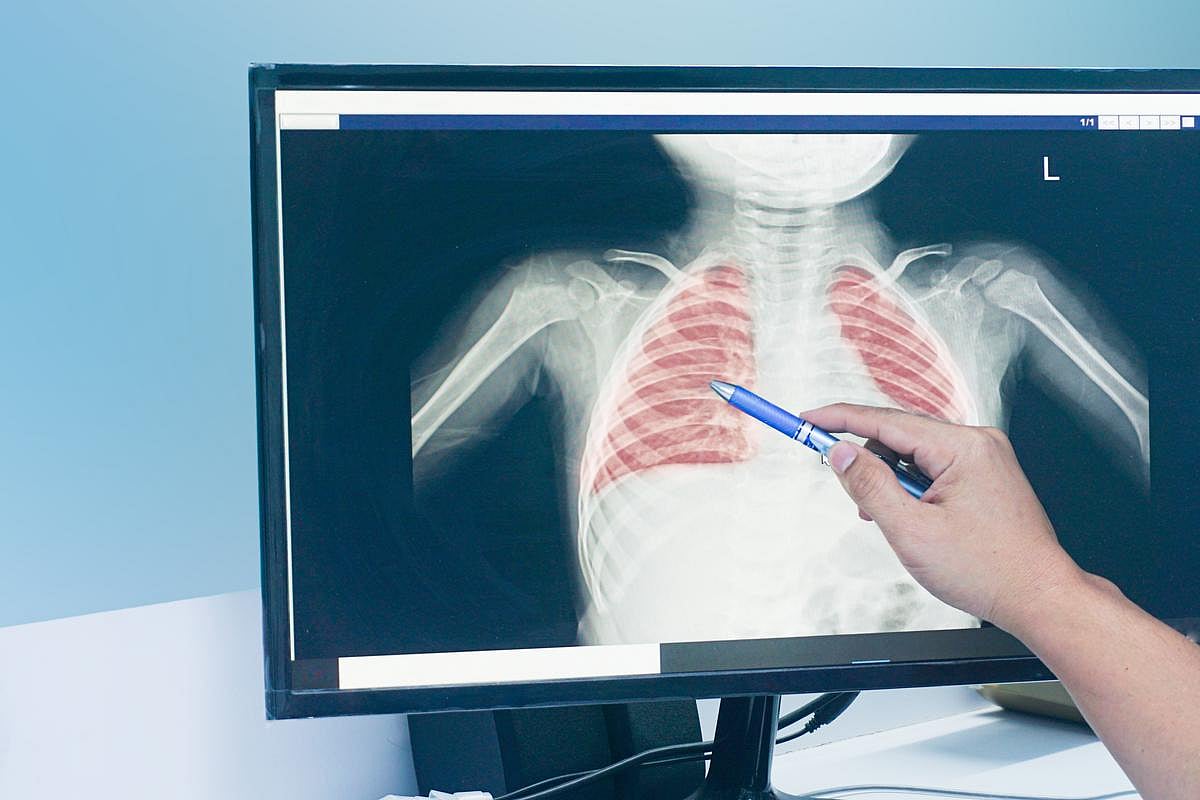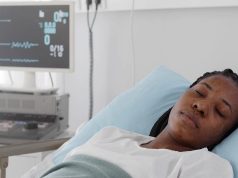Model can discriminate between mild community-acquired pneumonia and moderate or severe community-acquired pneumonia accurately
By Elana Gotkine HealthDay Reporter
TUESDAY, May 20, 2025 (HealthDay News) — An accurate risk prediction model has been developed for children younger than 14 years with community-acquired pneumonia (CAP), according to a study published online in the June issue of The Lancet Child & Adolescent Health.
Todd A. Florin, M.D., from the Northwestern University Feinberg School of Medicine in Chicago, and colleagues conducted a prospective cohort study from Feb. 6, 2019, to June 30, 2021, at 73 pediatric emergency departments in 14 countries to develop a risk prediction model to discriminate between mild and moderate or severe CAP among children aged 3 months to younger than 14 years.
Analyses were conducted in 1,901 patients with complete data: 53.2, 40.6, and 6.2 percent with mild, moderate, and severe CAP, respectively. The researchers found a negative association for congestion or rhinorrhea with moderate or severe CAP (adjusted odds ratio, 0.59), while positive associations were seen for abdominal pain, refusal to drink, antibiotics before emergency department visit, chest retractions, respiratory rate above the 95th percentile for age, and hypoxemia. The model discriminated between mild CAP and moderate or severe CAP accurately (C-statistic, 0.82). Results were similar for those with radiographic CAP, with additional predictors including decreased breath sounds and multifocal opacities on radiography (C-statistic, 0.82).
“These models are pragmatic and can easily be integrated into clinical practice,” the authors write. “Given their performance, these models can provide evidence-based and individualized risk assessments that can be incorporated into clinical judgement to improve the care of children with CAP in well-resourced settings.”
Editorial (subscription or payment may be required)
Copyright © 2025 HealthDay. All rights reserved.








